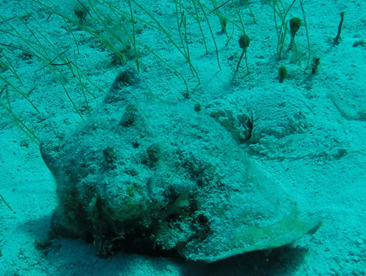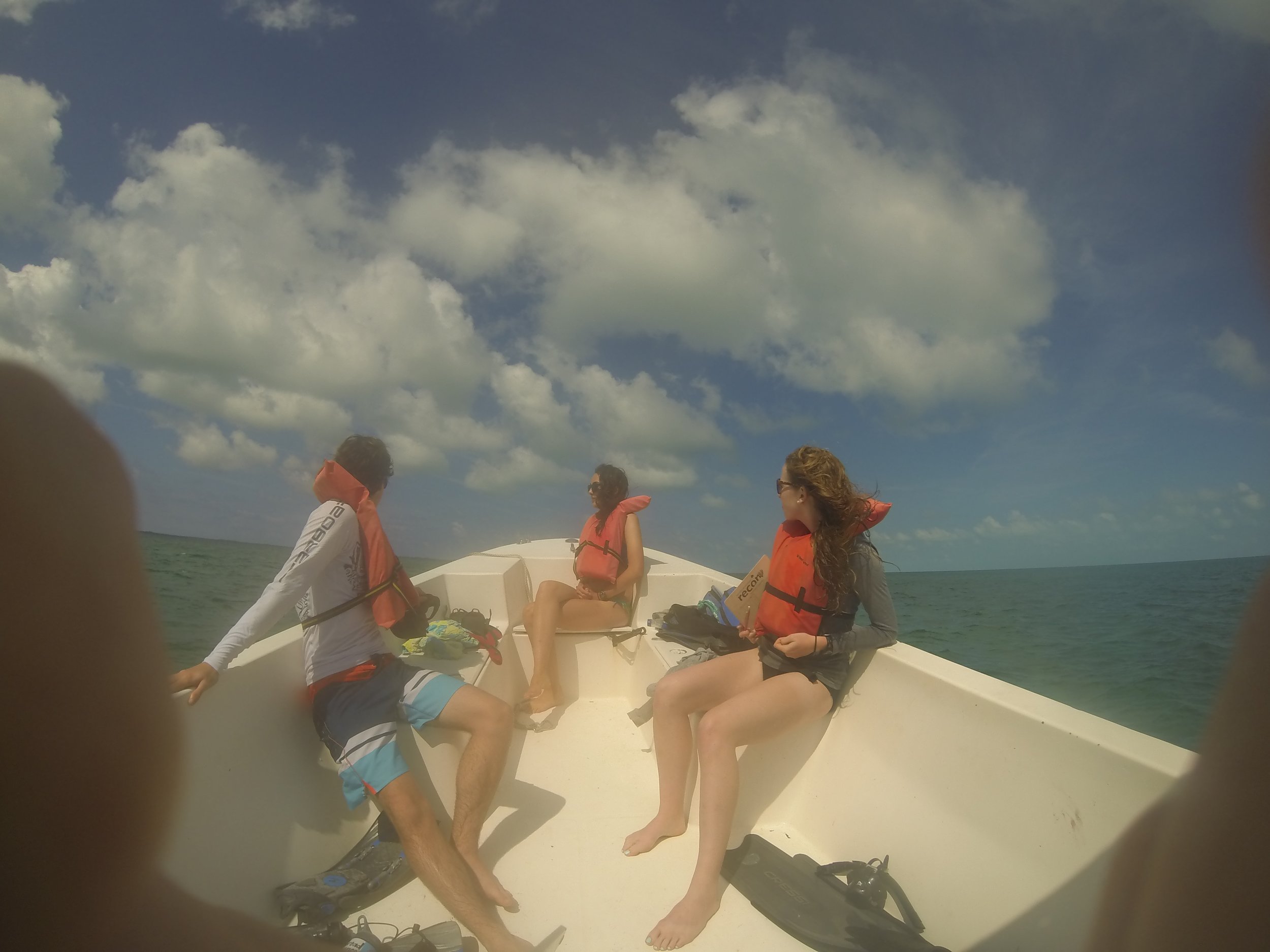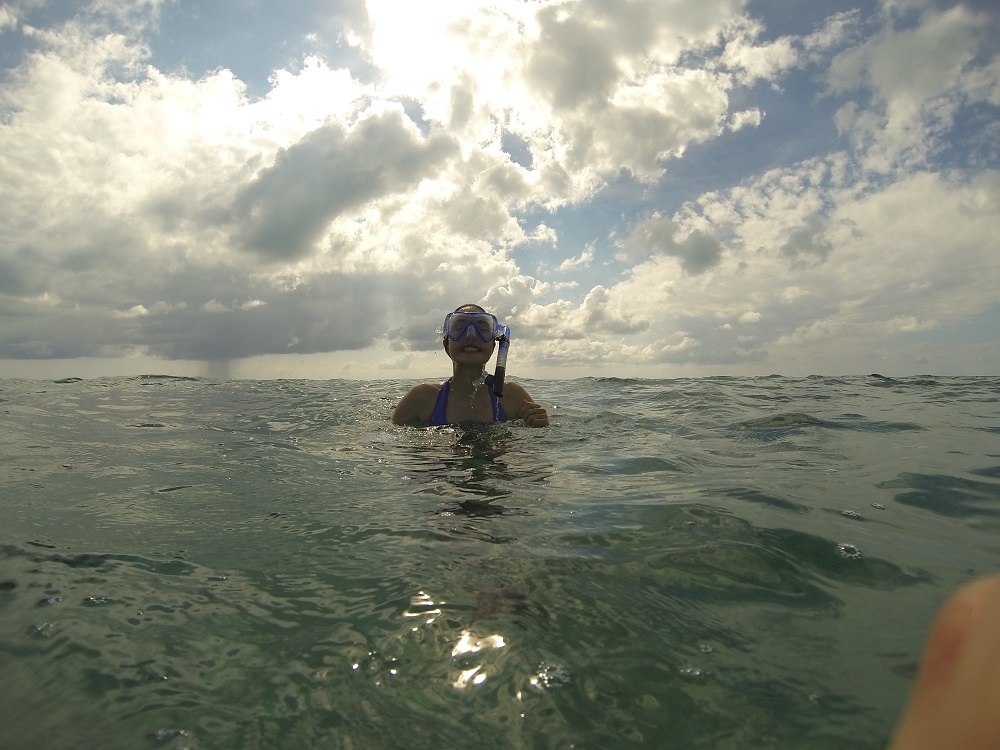 In the Bahamas, the fishing industry is crucial for the economy of the country, worth about $100 million annually. This mainly comes from the three main fisheries of The Bahamas, spiny lobster, queen conch, and Nassau grouper.
In the Bahamas, the fishing industry is crucial for the economy of the country, worth about $100 million annually. This mainly comes from the three main fisheries of The Bahamas, spiny lobster, queen conch, and Nassau grouper.
In efforts to protect these crucial fisheries, The Bahamian government aims to protect 20% of the coastal waters by 2020 through mechanisms such as marine protected areas. There are 19 proposed marine protected areas for The Bahamas currently, and one of them is proposed in South Eleuthera, protecting the patch reef systems east of the Cape Eleuthera.
While many studies have been done on the fish populations and abundances on these patch reefs, there is a lack of empirical data on the invertebrates, specifically the queen conch and the spiny lobster, which are economically important to the Bahamian fisheries, but also the sea stars, sea cucumbers, and sea urchin,s which are ecologically important to the health of the reefs.
This semester, the Island School research class taught by Claire Thomas, Sustainable Fisheries Program Manageer at CEI, is assessing the abundances of the economically and ecologically important invertebrates in the South Eleuthera proposed marine protected area on randomly selected patch reefs to investigate the current status of these important invertebrates. To collect data, the students preform a roving snorkel survey, counting the number of each key invertebrate they observe both on the reef and 5 meters around the patch reef. With this information and information previously collected pertaining to the measurements, structure, and habitat parameters of the reef, the students will quantify the densities in relation to the habitat variables.
Although it is clear why spiny lobster and queen conch densities are so crucial to observe, why are the Island School students looking at the other groups of invertebrates? While sea stars, sea cucumbers, and sea urchins are not fisheries in The Bahamas, these invertebrates keep the reefs healthy which in turn keep the spiny lobster, the queen conch, and the fish species healthy and thriving. Sea urchins are herbivorous organisms and consume algae from the corals. Algae compete with coral reefs for sunlight and if the algae overgrow, it can outgrow the coral and destroy the coral. Sea cucumbers are usually found surrounding the reefs and they provide an important ecosystem service of filtering detritus, or dead matter from the sandy sea grass areas, to keep the surrounding sand beds healthy and clean. Sea stars are meso-predators, which means they are a crucial link between trophic levels. They consume reef organisms, helping to keep populations in check, but they are also a food source for other marine organisms. Without these invertebrates our reefs would not maintain their health and therefore other organisms would not be able to survive and flourish on the reefs.
The data collected and assessed by The Island School research group will help to make an informed decision on whether or not the South Eleuthera proposed marine protected area would be effective in terms of protecting important invertebrate populations.

